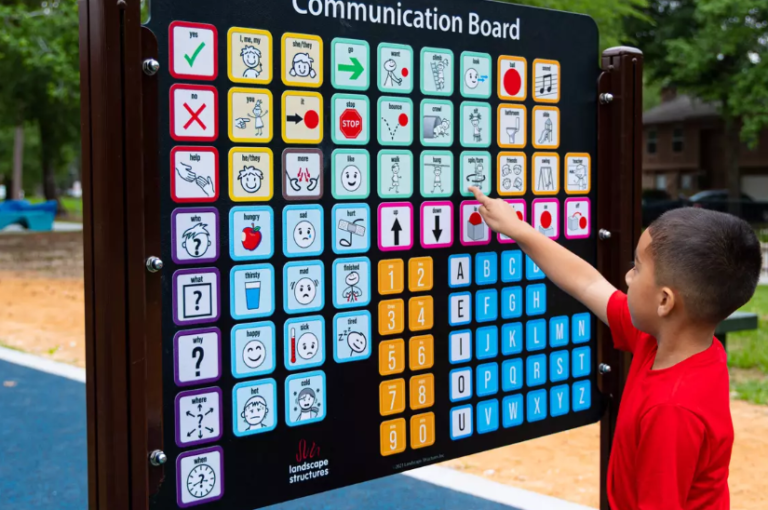During the 2020-2021 school year, Golden Hills School Division has provided families with the option for students to attend school virtually with the flexibility of being able to return to their home school at any point in the year. In order for students to be ready to transition back to their home school, the Learning at Home program offers a rigorous program with high expectations.
The Learning at Home teachers in Golden Hills School Division have had the opportunity to learn and reflect together on what has had the greatest impact on student learning. They have continually reflected and adjusted their program to meet student needs. This has required teachers to think in new ways and to adapt to online platforms.
It has taken students and teacher’s time to figure out the structure and pace of the work and how to keep everyone engaged and learning. Mostly, it has taken on-going conversation with parents and students to see what is working and what to improve. Being open and responsive to the feedback has helped to ensure success in the virtual learning context.
The Learning at Home teachers have had the opportunity to take risks, listen and learn over the past few months. They have compiled tips of the lessons learned for the grade 7-12 teachers, who are now about to transition to virtual learning with their students. Here are a few of the lessons learned
LESSONS LEARNED:
Creating Conditions for Student Success:
- Develop clear criteria for what virtual learning looks like for both parents and students. Communicate this as soon as possible. (Teacher teams may decide to set up a zoom meet for parents). Parental involvement is crucial to student success.
- Take Attendance: In order to maintain high levels of student engagement and progress, attendance for virtual school is required and attendance is taken daily
- Keep students in routines. It will be less disruptive to follow the same schedule students follow at school.
- If possible, record lessons.
- Embed critical thinking through discussions to help to gain some of the observational data when evaluating students
- Be ready to be flexible.
Creating Classroom Connections:
- Connection is important. Social connection can be enhanced by setting up the opportunity for students who want to connect, to have lunch together.
- Allow time for “conversation” daily during your virtual meets with students. One suggestion is to start the class with an engaging question to generate discussion to help generate dialogue.
- Make a plan for on-going relationship building with students and parents.
- Keep lines of communication open and provide structures for drop in questions and reflection.
- Regularly invite and act upon feedback from both students and parents. Tweak things as you go.
Engagement in Virtual Learning:
- Establish routines, post them and start the day with an overview of the day ahead.
- Require students to keep their camera’s on and to keep their google meet open after the direct instruction portion and while working independently.
- Plan for variety in your lessons and utilize sources such as You-tube videos, literature, pictures, music and direct instruction (lecture and demonstration)
- Keep them active during the lessons and use whiteboards, jamboard, padlet and other tools for collecting and sharing thinking.
- Consider in grades 7-12, changing some lesson by using the idea of “flipping” the classroom, so that students come to class with the content already, which allows time to work on deepening concepts and work time together.
- Access to a student platform for posting, sharing and working together.
- Remember to build in movement.
- Create a plan for how to schedule your time as a teacher.
- Develop a plan for how to organize and track student information.
- Have a plan for how to meet with students in various group settings, whole class, small group and individual
- Team with others when planning and connecting to the curriculum
- In the grade 7-12 context, students have multiple teachers and it is important to ensure coordination and consistency among teachers on details such as, which learning platform will be used.
Lessons Learned from the Junior High Learning at Home team (compiled by Chelsea Berry):
- Meeting regularly is key; emailing, scheduling, and running your virtual meets is key to establishing the personal connection and keeping the students engaged with the material and routine. When students aren’t attending, calling home to run the invitation through parents also helps.
- It is essential to be available. Letting your students know when you are available and that students can send an email or ask for a google meet and receive a timely response is key to keeping students on track. Sometimes if students have to wait too long it affects their engagement with the work and their ability to complete requirements.
- Have fun with your students. Although we are focused on delivering our content and lessons, remember to have fun and make time during your meet to connect and provide opportunities for fun – whether it’s a Kahoot, game, storytelling or meme – adding in some humour can help to make your lessons more engaging online.








